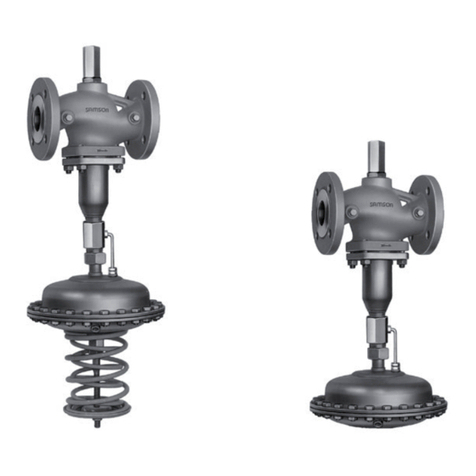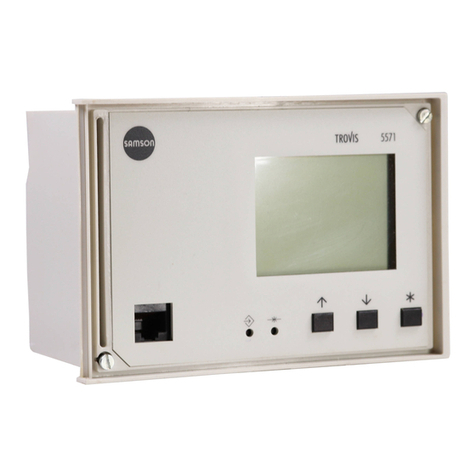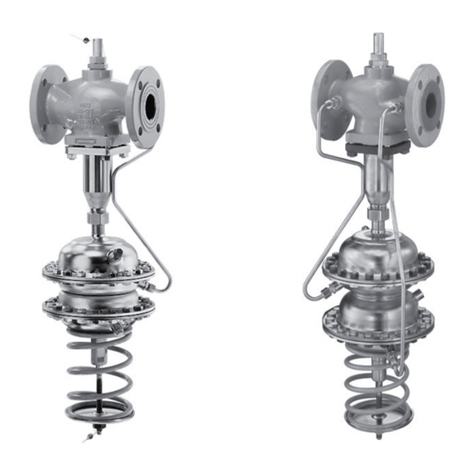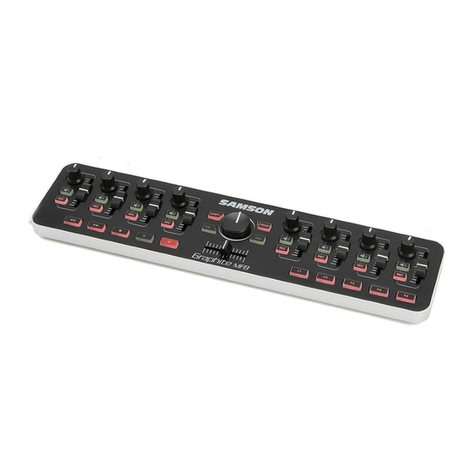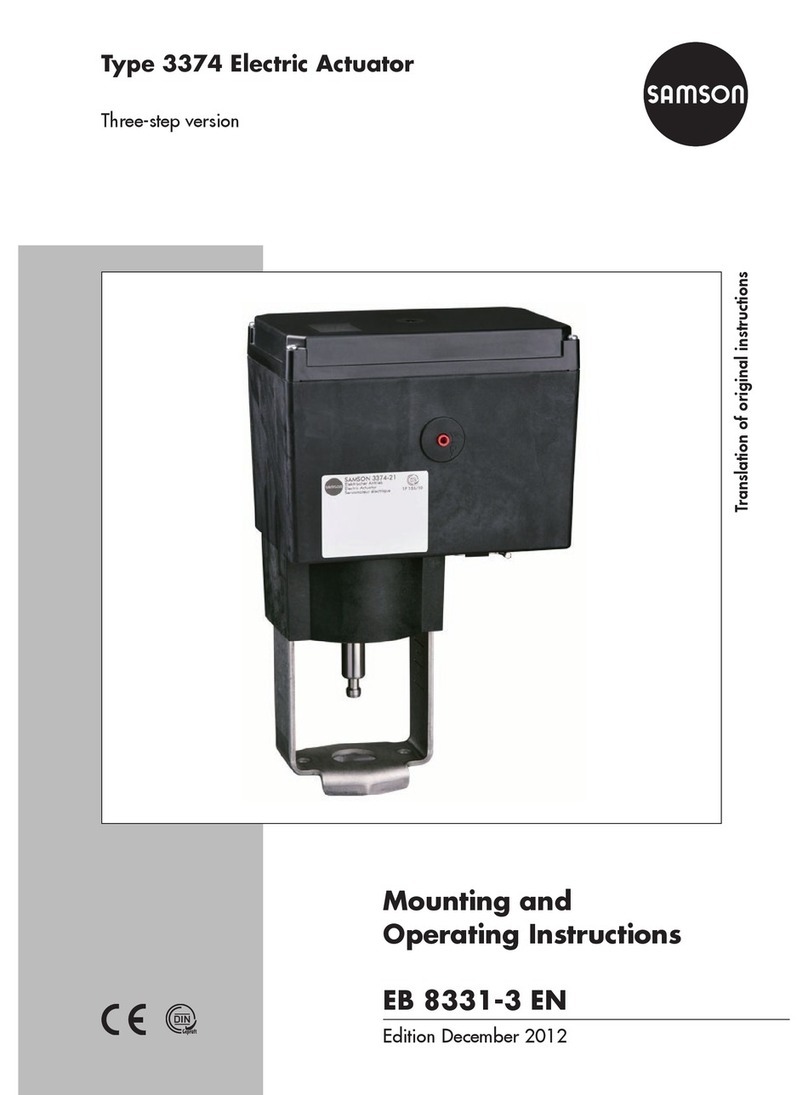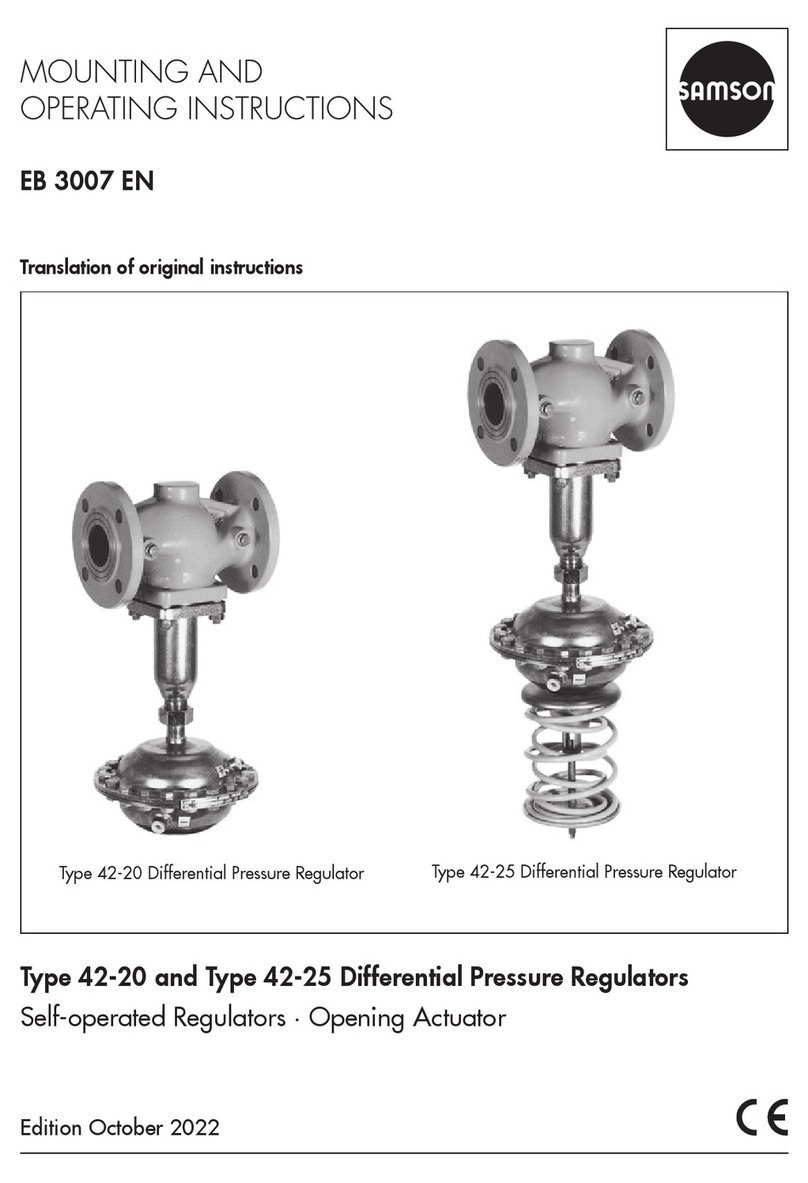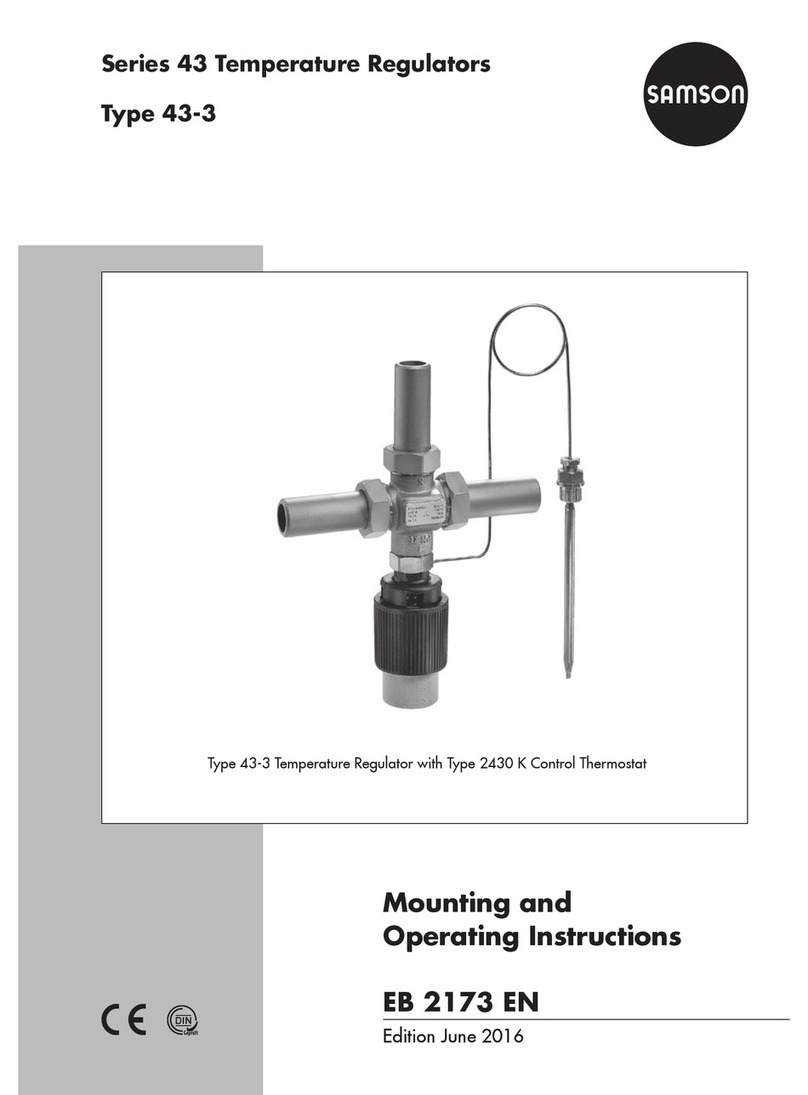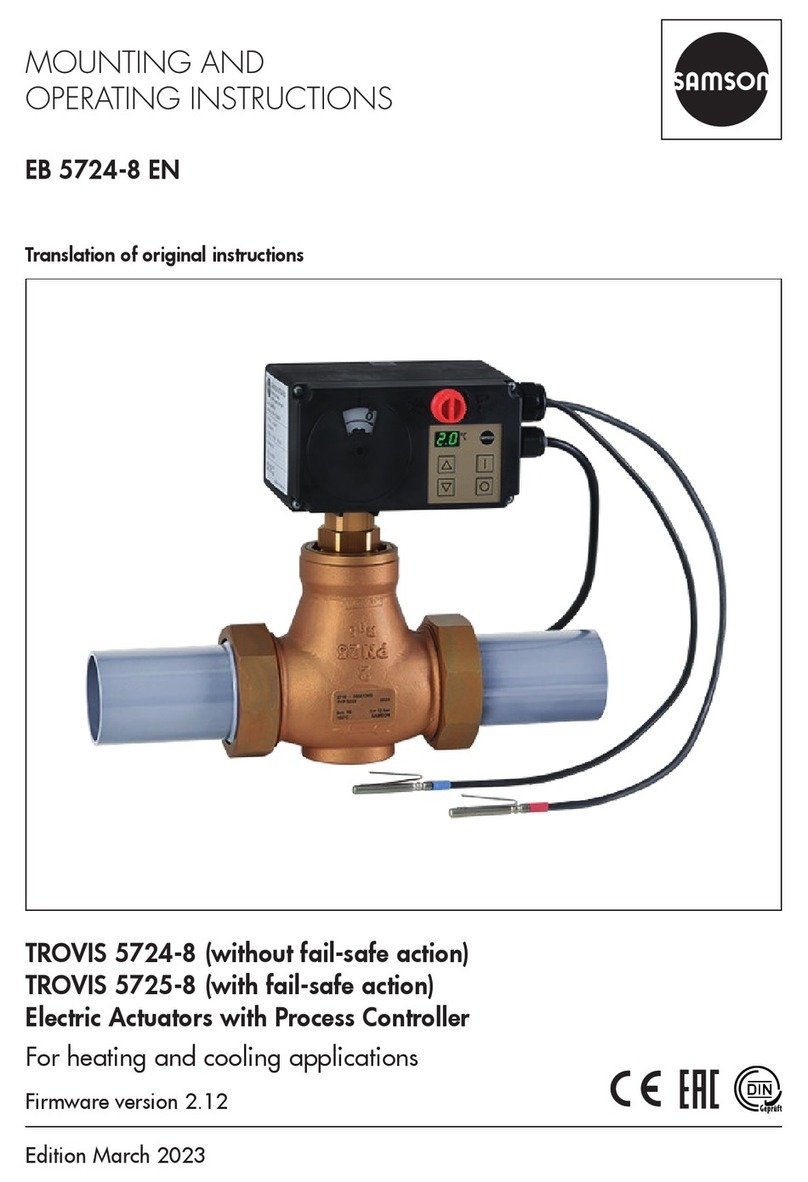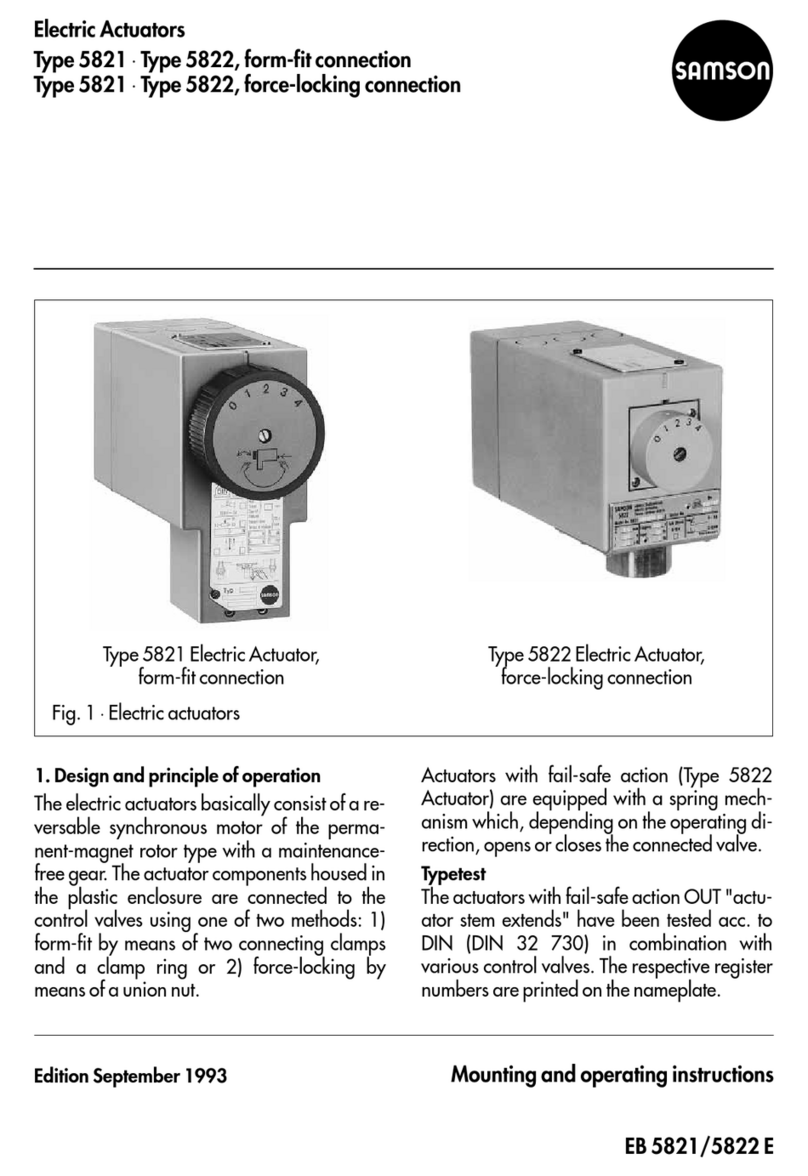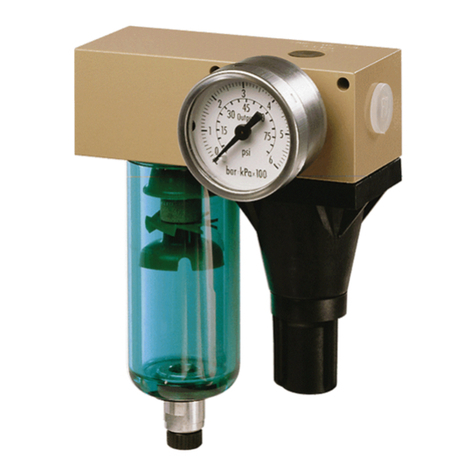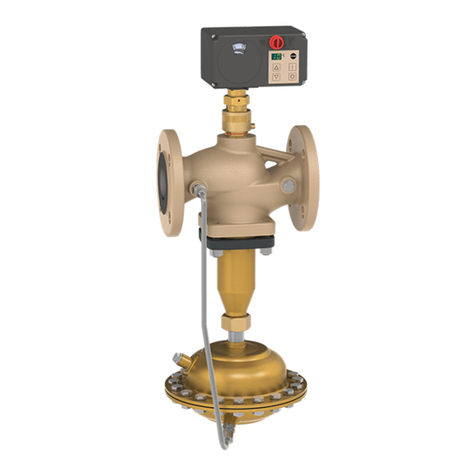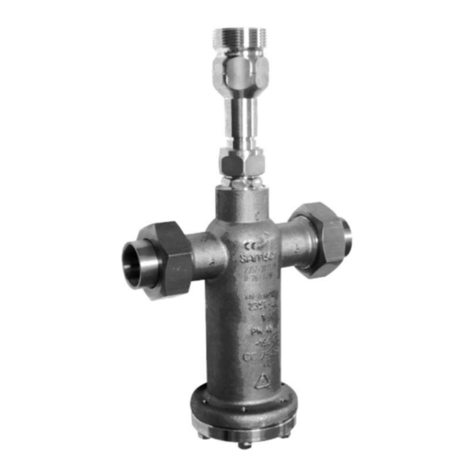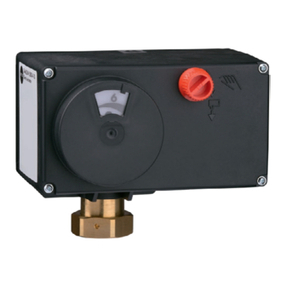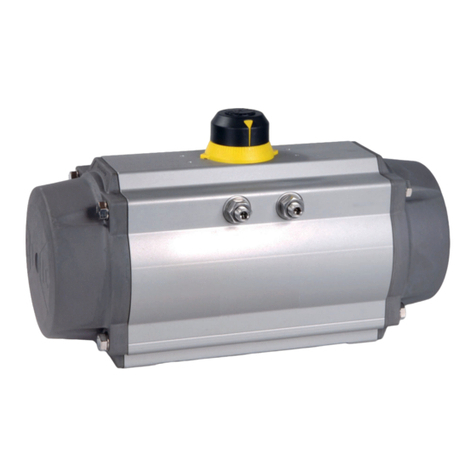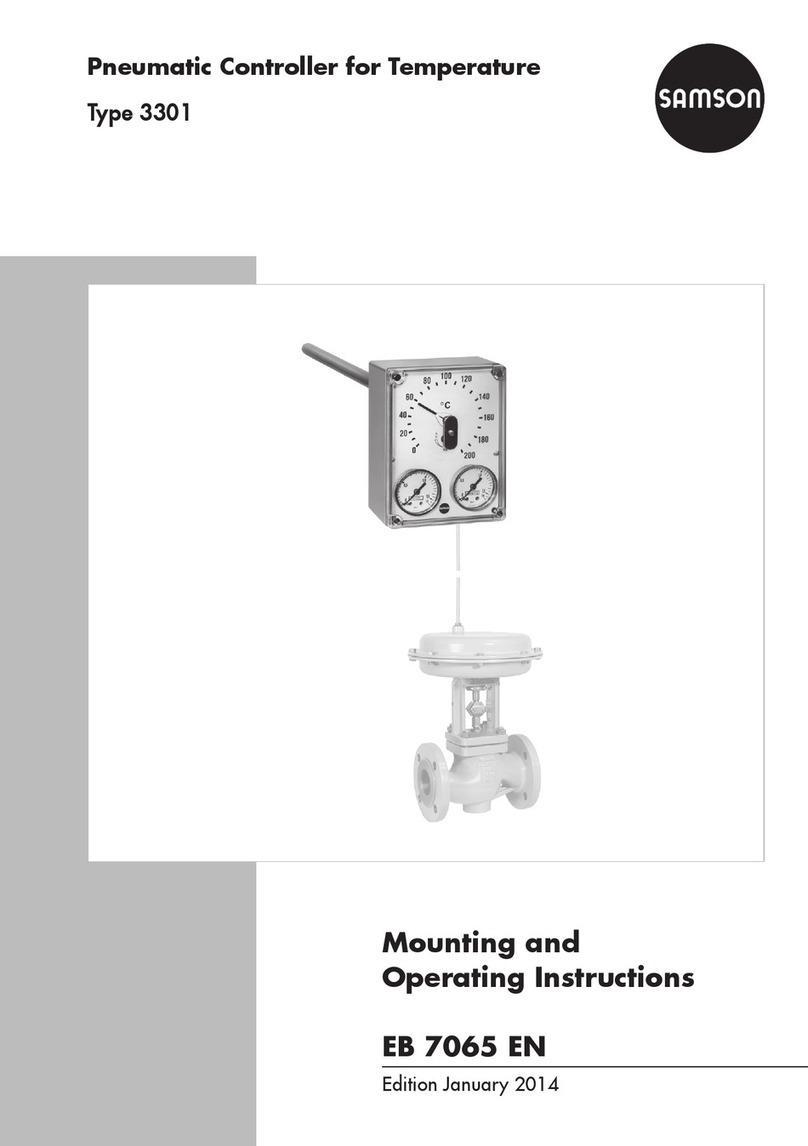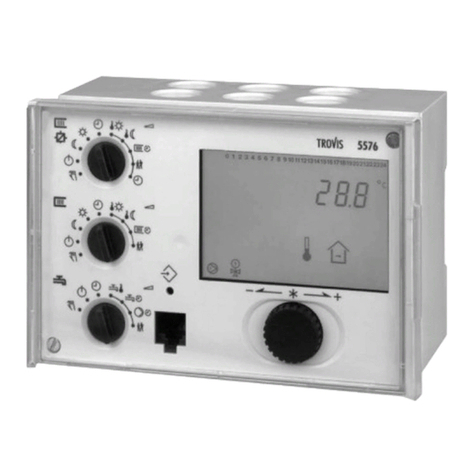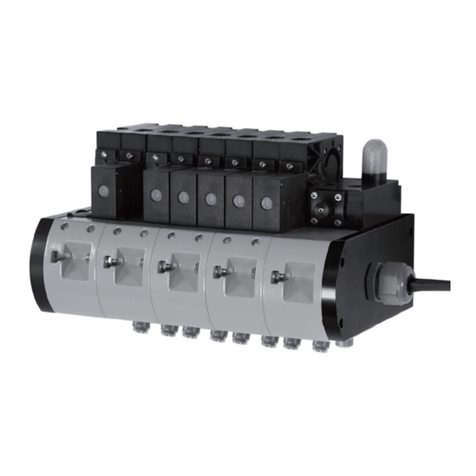
Contents
EB 6493 EN
8 Start-upandcongurationwithTROVIS-VIEW .............................................8-1
8.1 Communication ..........................................................................................8-1
8.1.1 Interface.....................................................................................................8-1
8.1.2 Addressing.................................................................................................8-3
8.1.3 Communication readings on the display .......................................................8-3
8.2 Folders in TROVIS-VIEW..............................................................................8-4
8.2.1 Identication...............................................................................................8-4
8.2.2 Operation ..................................................................................................8-4
8.2.3 Functions and parameters............................................................................8-6
8.2.3.1 Control parameters [PAR] ............................................................................8-7
8.2.3.2 Input [IN] ...................................................................................................8-7
8.2.3.3 Set point [SETP] ..........................................................................................8-9
8.2.3.4 Controller [CNTR] .......................................................................................8-9
8.2.3.5 Output [OUT] .............................................................................................8-9
8.2.3.6 Limit relays [ALRM] .....................................................................................8-9
8.2.3.7 Additional functions [AUX] ..........................................................................8-9
8.2.3.8 Start-up adaptation [TUNE] .......................................................................8-10
8.2.3.9 Process data [I-O] .....................................................................................8-11
9 Operation..................................................................................................9-1
9.1 Setting the internal set point.........................................................................9-1
9.2 Switchover between set points......................................................................9-1
9.3 Switching over to manual mode and changing the manipulated variable.........9-3
9.4 AUX menu, -CO- ST.IN: Reset to default settings ............................................9-3
9.5 AUX menu, -CO- VIEW: Set viewing angle of the display...............................9-4
9.6 I-O menu: Process data ...............................................................................9-4
9.6.1 -CO- CIN: Firmware version ........................................................................9-4
9.6.2 -CO- S-No: Serial number...........................................................................9-4
9.6.3 -CO- ANA: Show analog inputs and outputs.................................................9-5
9.6.4 -CO- BIN: Show binary inputs and outputs ...................................................9-5
9.6.5 -CO- ADJ: Calibration of analog inputs and analog output ............................9-5
10 Malfunctions ............................................................................................10-1
10.1 Troubleshooting ........................................................................................10-1
10.2 Error messages generated by the compact controller....................................10-4
10.3 Emergency action .....................................................................................10-4
11 Servicing..................................................................................................11-1
12 Decommissioning .....................................................................................12-1
13 Removal ..................................................................................................13-1
